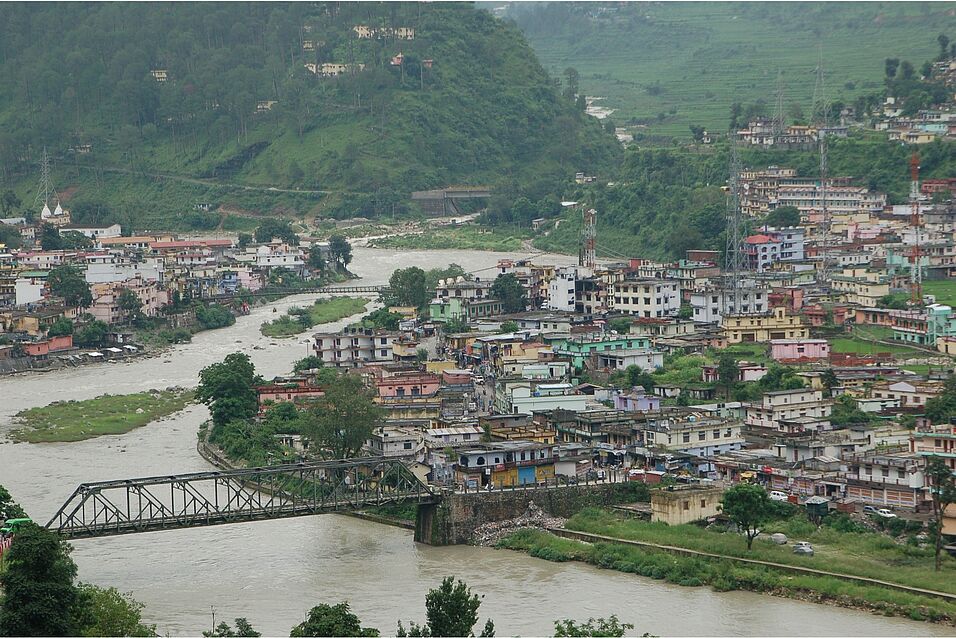On June 17, 2013, up to 15,000 people died in the North Indian state of Uttarakhand during catastrophic storms at the height of the pilgrimage season in that Himalayan region. This underreported natural disaster destroyed the town around the 1000-year-old Kedarnath temple and plunged the religious tourism industry that is central to the modern economy of the linguistic and cultural region of Garhwal into a years-long decline. This lecture reflects on the mythology of divine retribution and the cultural contexts for disaster and recovery in the city Uttarkashi, an epicenter of Himalayan Hindu pilgrimage and site of some of the worst destruction in 2013.
The lecture will be broadcast online. Please participate under the link https://moodle.univie.ac.at/mod/bigbluebuttonbn/guestlink.php?gid=pKC4lXrOJ3sx

